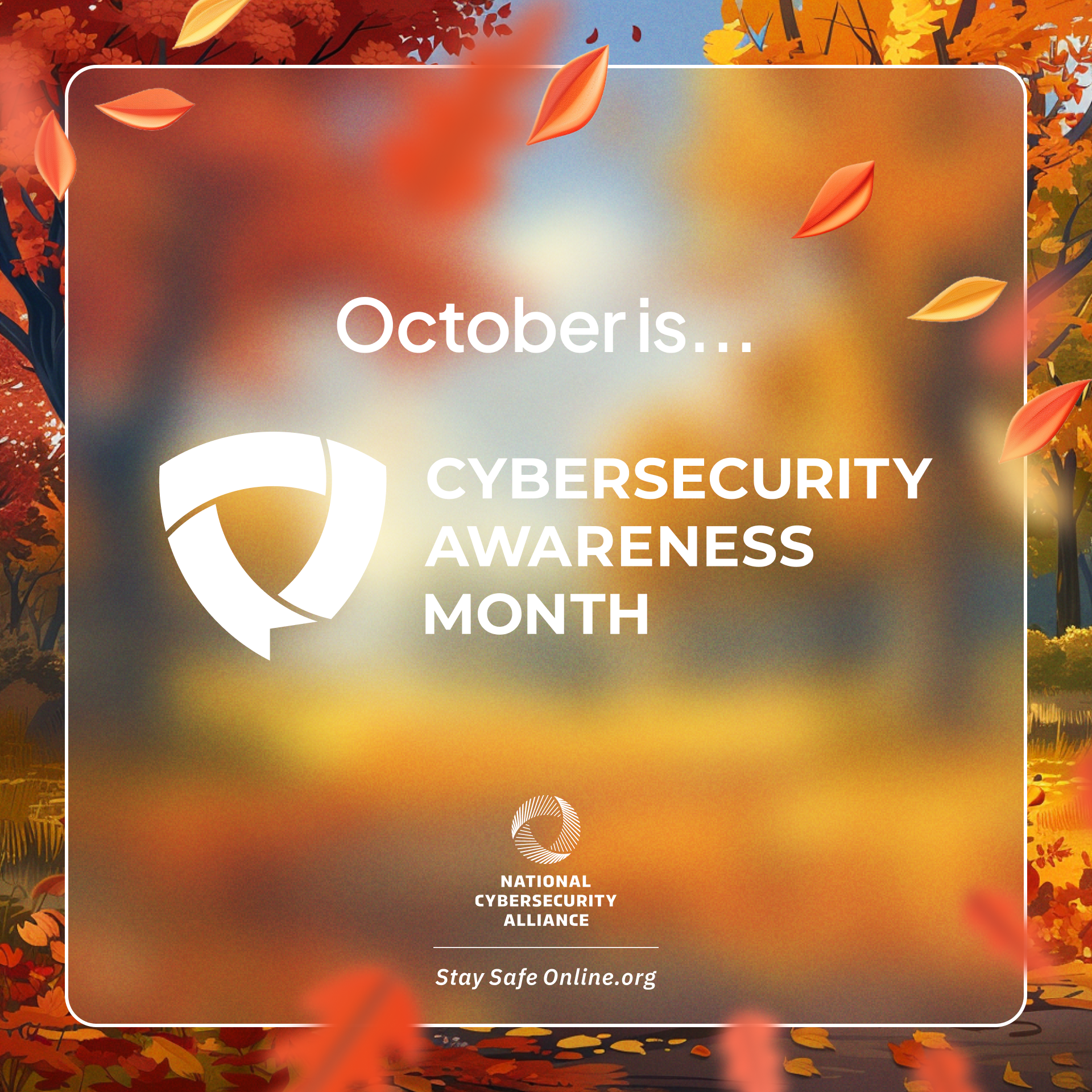School District Leaders: Is Your District Suffering from Cyber Insecurity?
With cyber threats growing at an alarming rate, National Data Privacy Week (January 27–31, 2025) serves as a critical reminder: Take Control of Your Data. For many school leaders, cybersecurity can feel like an overwhelming challenge, filled with technical jargon and uncertainty. However, protecting your district from cyberattacks doesn’t have to be an insurmountable task.
The Rising Threat to Schools
An improved cybersecurity posture begins with recognizing that schools are increasingly targeted by cybercriminals due to the wealth of sensitive information they manage—student records, financial information, and staff credentials. The consequences of a cyberattack go far beyond operational disruption; they can impact student safety, community trust, and district finances.
Here are some of the most common cyber threats facing school districts today:
- Ransomware – Hackers lock critical systems and demand payment for their release.
- Phishing Emails – Deceptive messages trick users into revealing sensitive information or downloading malicious files.
- Data Breaches – Unauthorized access to sensitive student and staff data, leading to privacy violations and financial losses.
Because student and staff safety are paramount in school district operations, the consequences and repercussions of these attacks can be severe and long-lasting. This makes it essential for districts to prioritize cybersecurity. As a school district leader, you have the power to strengthen your district’s defenses.
5 Steps to Fortify Your District’s Cybersecurity
1. Conduct a Cybersecurity Audit
Start by assessing your current systems to identify vulnerabilities. Understanding your district’s weaknesses is the first step toward building a stronger defense.
2. Develop a Cyber Incident Response Plan
A cybersecurity strategy is just as crucial as a physical security plan. Outline clear protocols to detect, contain, and recover from cyber incidents. Conduct regular drills to ensure your team is prepared to act swiftly when a threat arises.
3. Provide Cybersecurity Training for Staff & Students
Your best defense is awareness. Equip educators, students, and families with the knowledge to recognize phishing attempts, suspicious links, and unsafe online behavior. Cybersecurity is a shared responsibility.
4. Invest in Essential Security Tools
Implementing firewalls, encryption, multi-factor authentication, and endpoint protection can significantly reduce the risk of cyber threats. Strong defenses begin with the right technology.
5. Seek Expert Support
Partnering with cybersecurity professionals can provide the specialized guidance needed to protect your district. Consider working with trusted security advisors, local law enforcement, and government agencies, and evaluate whether cybersecurity insurance is a worthwhile investment.
Take Action This Data Privacy Week
National Data Privacy Week 2025 is the perfect opportunity to kickstart or enhance your district’s cybersecurity strategy. Whether it’s conducting an internal security review, hosting a cybersecurity awareness session, or drafting an incident response plan, every step forward matters.
At TriVigil, we understand that taking control of cybersecurity can feel daunting, which is why we offer a Quick Start program—helping districts move from cyber insecure to cyber secure with practical, actionable solutions.
Want to learn how to strengthen your district’s defenses? Let’s take the first step together.
Scott Bailey provides contracted consultant services to TriVigil.



